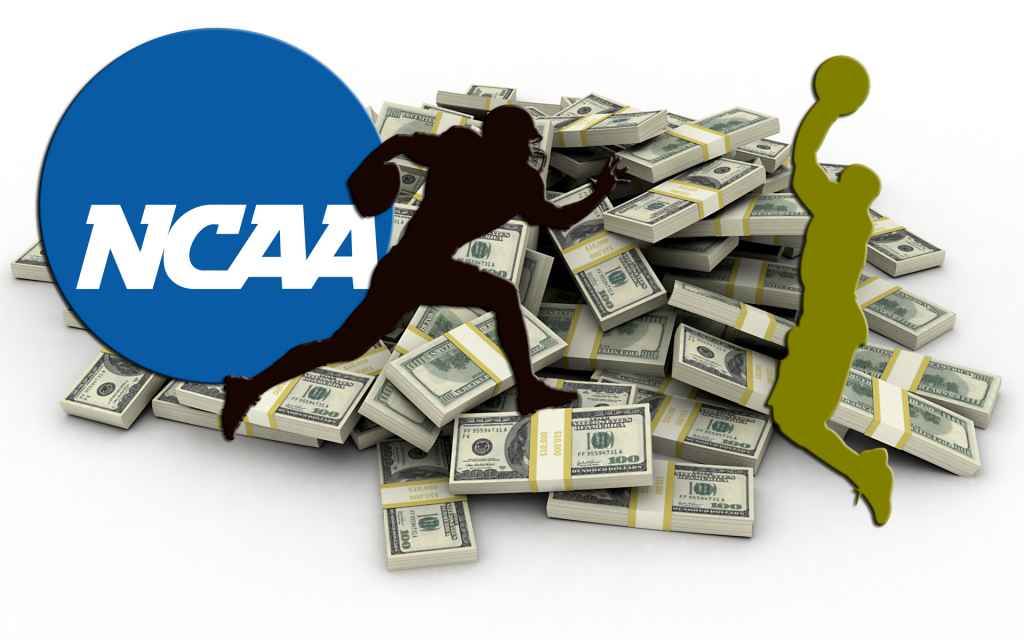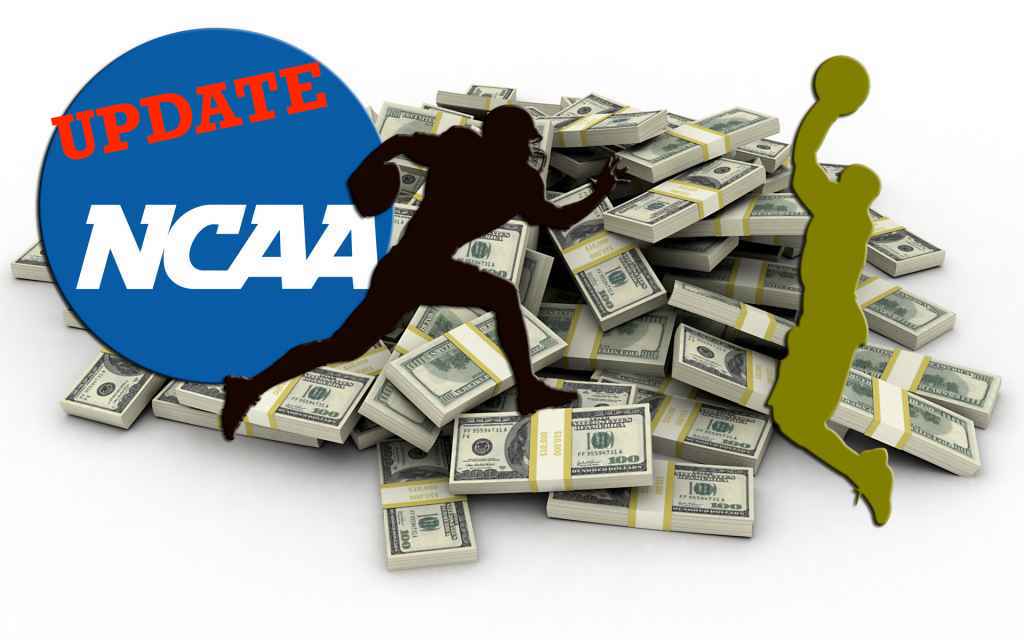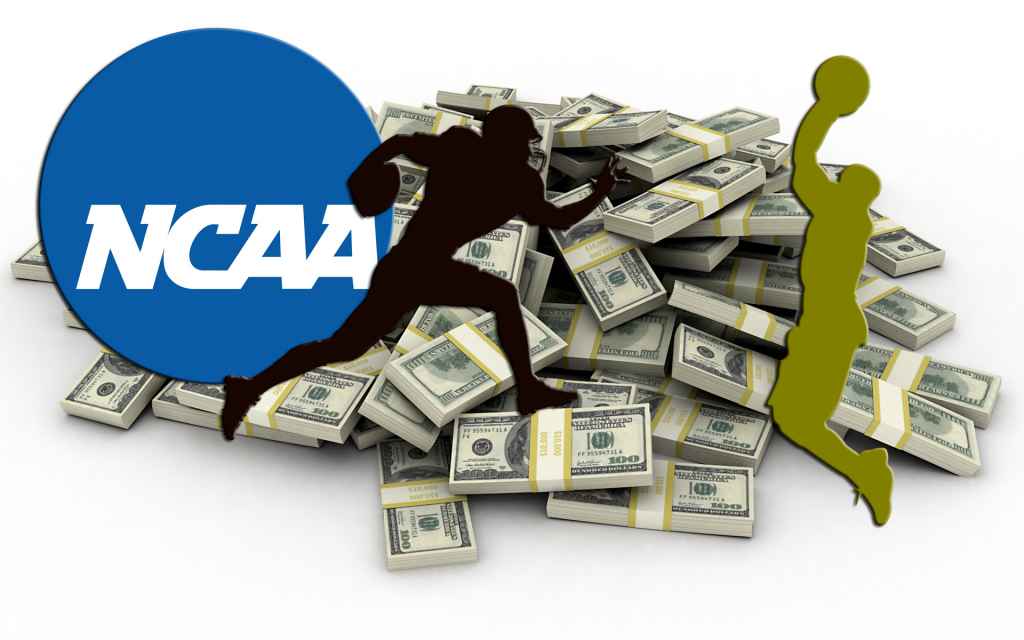Change is inevitable for college athletics as another legislator has made a move in support of college athletes rights. Washington State representative, Drew Stokesbary, has introduced a bill that would allow college athletes in Washington to profit off their name, image, and likeness. The current college athletics system is extremely unfair to the athletes who propel the billion dollar industry. Everyone can make money, except for the labor force. Coaches sign million dollar contracts. Schools and conferences garner million dollar television deals. Meanwhile, athletes are only able to receive a cost-of-attendance scholarship. A scholarship is invaluable. However, athletes should not be limited exclusively to that form of compensation. This is especially true for athletes who could garner endorsement deals.
Come on Now, Everyone Should be Able to Profit off Their Own Name, Image, and Likeness
The ability to capitalize off one’s own name, image, and likeness would seem to be one of the fundamental tenants of American capitalism. For the most part, it is except in the context of college athletics. Currently, college athletes are unable to profit off their name, image, and likeness without being subject to losing their athletic eligibility. Meanwhile, schools are able to market the athletes however they see fit, without the athletes receiving a dime above their scholarship. This is exactly what the bill seeks to change for college athletes in Washington state.
If Stokesbary’s bill is signed into law, college athletes in Washington will be able to profit off their name, image, and likeness. The athletes will be free to enter endorsement deals without fear of losing their eligibility. Whether this bill or some variation of it will actually become law remains to be seen. However, that is not the most important part of the introduction of the bill. The introduction of the bill is important because it proves that attitudes are continuing to change regarding college athletes’ rights. With a change in attitudes, real change is sure to follow.
Support is Growing for College Athlete Rights
More and more people are starting to acknowledge the injustices of the current college athletics system. Accordingly, the current model is being challenged on all fronts. Washington state appears to be leading the way in challenging it legislatively. However, last year a congressman from North Carolina called for college athletes to be allowed to profit off their name, image, and likeness. Representative Mark Walker did this in hopes of sparking a national debate on the issue.
The current model is being challenged in court in Alston v. NCAA. College sports enthusiasts eagerly await federal district court judge Wilken’s decision on whether the NCAA and Football Bowl Subdivision (FBS) conferences are violating federal antitrust laws by capping scholarships to cost-of-attendance. If the plaintiffs are successful, major changes to college athletics may be seen. Either way, the losing side will surely appeal. It is possible that the case could reach the Supreme Court, should they chose to hear the case.
Similarly, the current college athletics model is being challenged by start-up leagues like the Historical Basketball League (HBL). The HBL is a start-up basketball league. The HBL seeks to offer a better option by compensating its players while ensuring they receive a free quality education. With all of the challenges being lodged at the current college athletics system, change is sure to come one way or another.





